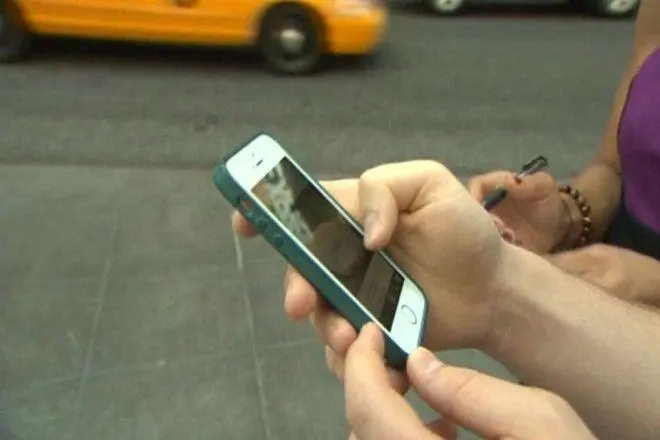The demonetisation of high-value notes not only helped the Modi government put a curb on black money and corruption to a large extent, but also give a major push to digital transactions. In fact, not only e-wallets and UPI, but even digital payment systems like NEFT (National Electronic Fund Transfer) and RTGS (Real Time Gross Settlement) have gained in popularity post the note ban. Thankfully, some banks have also significantly reduced their NEFT and RTGS charges in recent months, making them more acceptable to customers for making digital payments and fund transfer.
For instance, the State Bank of India – the largest commercial bank in the country – had some time back reduced charges for NEFT and RTGS transactions by up to 75%. The reduced were applicable on the transactions done through the internet banking (INB) and mobile banking (MB) services offered by the bank. Additionally, the bank had also waived charges for fund transfer of up to Rs 1,000 done through Immediate Payment Service (IMPS). With an aim to promote a digital economy, HDFC Bank has also made online transactions through RTGS and NEFT free of cost from November 1.
Earlier, HDFC Bank customers were levied Rs 25 each for Rs 2-5 lakh online transaction via RTGS and Rs 50 each for such money transfers over Rs 5 lakh. Online NEFT transactions attracted a fee of Rs 2.5 for less than Rs 10,000, Rs 5 for Rs 10,001-1 lakh and Rs 15 for above Rs 1 lakh to Rs 2 lakh. For NEFT transactions of over Rs 2 lakh, there was a fee of Rs 25. Only NEFT or RTGS transaction carried out at the bank branch will be payable now.
RTGS/NEFT Transaction Charges by Banks
| Bank Name | RTGS | NEFT | ||
| Amount | Amount | |||
| Rs 2 Lac to Rs 5 Lac | > Rs 5 Lac | Up to Rs 2 Lac | > Rs 2 Lac | |
| SBI | Rs 25 | Rs 50 | Rs 2.5 to Rs 15 | Rs 25 |
| SBI- Online transaction | Rs 5 | Rs 10 | Rs 1 to Rs 3 | Rs 5 |
| PNB | Rs 25 to Rs 30 | Rs 50 to Rs 55 | Rs 2.5 to Rs 15 | Rs 25 |
| Indian Bank | Rs 29 to Rs 35 | Rs 58 to Rs 63 | Rs 3 to Rs 14 | Rs 29 |
| Bank of India | Rs 22 to Rs 27 | Rs 45 to Rs 50 | Up to Rs 15 | Rs 25 |
| Bank of India-Online transaction | Rs 5 | Rs 5 | Rs 2.5 to Rs 5 | Rs 5 |
| ICICI Bank | Rs 25 | Rs 50 | Rs 2.5 to Rs 15 | Rs 25 |
| HDFC Bank | Rs 25 | Rs 50 | Rs 2.5 to Rs 15 | Rs 25 |
| HDFC- Online transaction | Free | Free | Free | Free |
| * Data taken from respective bank’s website as on 28th Nov 2017; GST applicable extra on charges by some of the banks | ||||
(Source: Bankbazaar.com)
Whatever be the case, financial experts believe that there is need to reduce the NEFT/RTGS charges further – particularly in case of banks which have not done so – as only reduced charges will encourage more people to transact digitally. Although these charges appear small, but can accumulate into a big sum and can also be a deterrent for those making frequent transactions. For instance, if Rs 25 is charged for each transaction, then you will end up paying Rs 500 per month for, say, 20 transactions or Rs 6,000 a year for 240 transactions. Even if someone spends Rs 5 for each transaction (as in the case of online transactions charged by some banks), then one will end up paying Rs 1200 a year. Yes, some banks like HDFC Bank have made online transactions free, but that is not the case with all the banks. No need to say that if the government wants to give digital transactions a further push, then it will have to convince banks to reduce their NEFT/RTGS charges further.
“Reducing charges will always be able to attract a larger number of users into transacting digitally. The key attraction to digital transactions is the simplicity, ease of use, speed, and security that they offer. So, while reduced charges will encourage more people to transact digitally, what will retain users in the long run would ultimately be a great user experience that is secure, seamless, and swift,” says Adhil Shetty, CEO, Bankbazaar.com.

